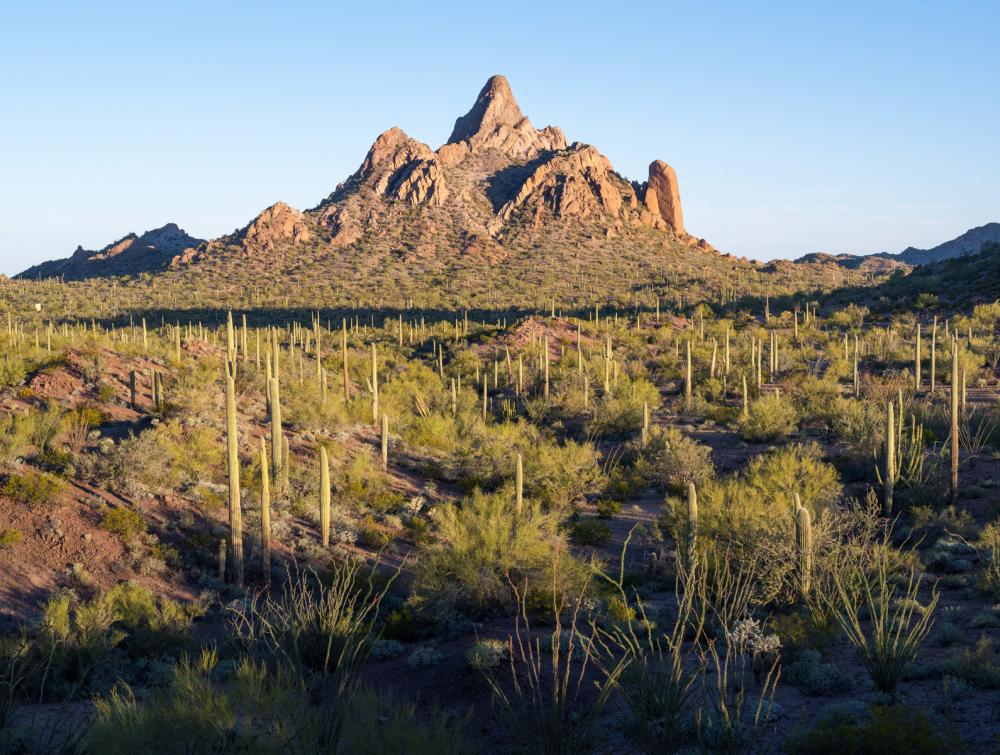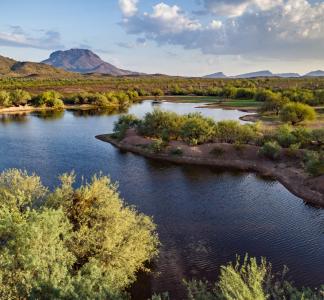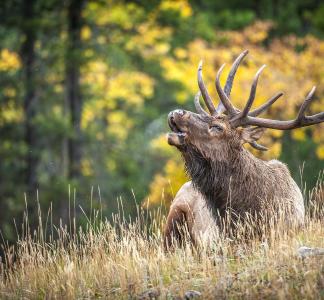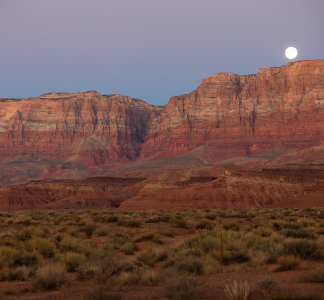A chance to protect “The Green Desert” for generations

Cuerda De Lena in the proposed expansion area of Cabeza Prieta National Wildlife Refuge, Arizona
Mason Cummings
Warning message
Unable to retrieve at this time, please check again later.An iconic Southwestern landscape
As a kid growing up with Wile E. Coyote and the Road Runner, I envisioned Arizona as a mostly desolate stretch of red mesas, saguaros and cattle skulls interrupted only by the occasional roadrunner breaking Mach 5 with a yell of “meep, meep!” In reality, the Sonoran Desert (one of several desert ecosystems in Arizona) is sometimes called “The Green Desert” due to its exceptional biodiversity—and roadrunners are far from its fastest resident.
While roadrunners can reach an impressive 20 mph on foot, they are completely overshadowed by the elusive Sonoran pronghorn. The continent’s fastest land mammal, the so-called “desert ghost” can reach a whopping 60 miles per hour. But these stunning antelope are critically endangered, and at one point their population in the wild had dwindled to a mere 21 animals on the brink of extinction.
Cabeza Prieta—a wild and vital desert refuge
Protecting and rehabilitating this incredible regional species is one of the major focuses of Cabeza Prieta National Wildlife Refuge. Located in Southwest Arizona along the Mexico border, Cabeza Prieta is one of the largest refuges in the United States and contains over 800,000 acres of designated wilderness. In addition to Sonoran pronghorn, it is a critical haven for endemic species like bighorn sheep, javelina and elegant trogons—a fairly rare tropical bird.
Public lands immediately east of the refuge are equally critical habitat but are currently managed by the Bureau of Land Management for energy development and mining, among other uses. As the Biden administration continues to deliver promised environmental action, Secretary of the Interior Deb Haaland has a perfect opportunity to protect nature and cultural resources by expanding Cabeza Prieta to include these lands.
An ecologically vital landscape with broad cultural significance
The lands to the east of Cabeza Prieta are colloquially known as “the Ajo block” as they surround the former mining town of Ajo. In the 1900s, a massive open-pit copper mine—which stretched over a mile and a half across and 1,000 feet deep—provided thousands of jobs that kept Ajo booming. Since the mine closed in 1985, Ajo has evolved to become a diverse arts hub that attracts visitors—including RV nomads—from far and wide. Incorporating these lands into the refuge will continue to support Ajo’s small community by boosting ecotourism.
This expansion would also protect land that is sacred to the Tohono O’odham and Hia-Ceḍ Oʼodham peoples who have called the region home since time immemorial. The Ajo block contains significant cultural resources for the Hia C-eḍ O’odham people, including a cemetery and the remnants of their former town. Without protection as part of Cabeza Prieta, these sites could be damaged by unmanaged access or destroyed by development.
Now is the time for action
The ecology of the Sonoran Desert is already at serious risk. Just this month, UNESCO drew attention to damage that has been done to the ecosystem and wildlife connectivity by the Trump administration’s border wall (and that’s to say nothing of the devastating humanitarian impacts). UNESCO called on the U.S. to mitigate damage to the adjacent El Pinacate and Gran Desierto de Altar UNESCO Biosphere Reserve in Mexico. Meanwhile, locals have noted that unmanaged off-road vehicle access is destroying the region’s “desert pavement,” a type of hard bedrock that protects the landscape from erosion.
Expanding Cabeza Prieta is an opportunity for the Biden administration to boost recovery efforts for the imperiled Sonoran pronghorn by expanding wildlife connectivity across the border between U.S. and Mexico, preserve more of the shrinking desert and safeguard critical cultural resources. The time is now to protect this sensitive landscape and deliver on promised conservation action by transferring the Ajo block into Cabeza Prieta. Please, take a moment to stand alongside us with local voices and tell Secretary Haaland to expand Cabeza Prieta!



